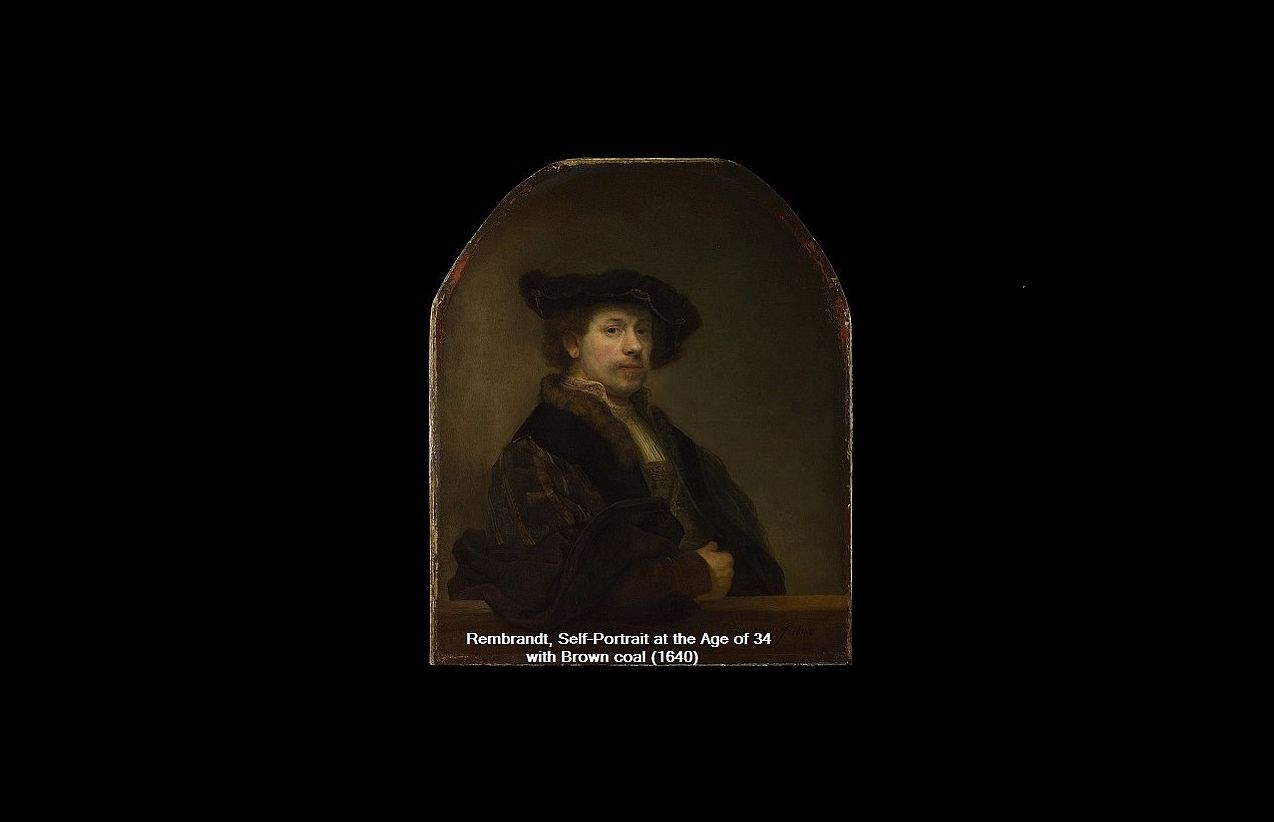NATURAL PIGMENTS
Van Dyke brown, also known as Cassel earth and Cologne earth, is a brown earth containing iron and manganese oxides and lignites, which are organic substances from peat or coal. It was first used in European painting in the 17th century and is still in use today. This color is found in the pictures of the old masters, Rembrant, among them Rubens, who used it mixed with gold ochre as a warm, transparent brown, which held up particularly well in resin varnish.
Amorphous, combustible, earthy lignite of humus and humic acid, which is especially mined at Cologne earth and used as a painter's paint. The brown, fine brown coal is dried, ground and (with oil stoved). The oil consumption is quite large due to high absorption capacities. The paint slowly dries and turns gray in the light. In acids, the color is decomposed by carbon deposition; in solutions, the solution is brown in color. Colognes of the earth are translucent, they are therefore suitable for varnishing and burling. It is a very dark red brown with very translucent properties.
Cologne brown is an organic natural pigment consisting of materials found in brown coal, peat or generally in soil. Considerable confusion can be spotted in the older mentions of this pigment. It had been considered an inorganic iron pigment mainly in France and its name had also been used for various earth pigments such as umber and ochres. Its color can vary according to the thickness of the painted layer and ranges from pure black with a reddish-violet tint to grayish brown.
Pigment Names
English: Cassel brown, Cassel earth, Cassel umber, Cologne brown, Cologne earth, Cologne umber, Cullen earth, Kassel earth, Rubens brown, Van Dyck brown, Van Dyke brown, Vandyke brown.
French: Terre de Cassel, Terre de Cologne
German: Kasslerbraun, Kasseler Erde, Kölnische Erde, Van Dyck Braun
Italian: Terra di Cassel, Terra di Colonia
Spanish: Tierra de Cassel, carmelita Van Dyck


